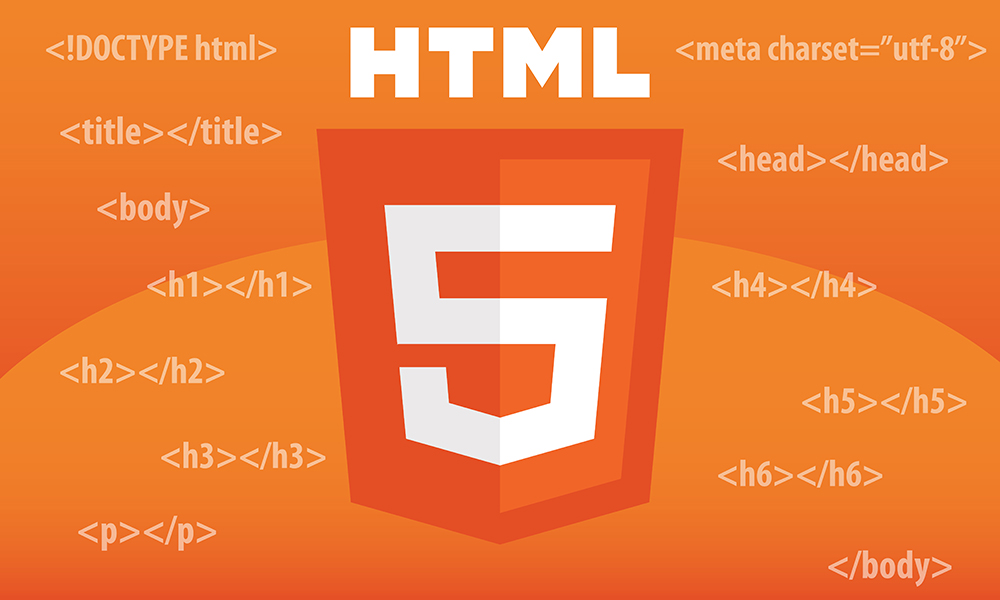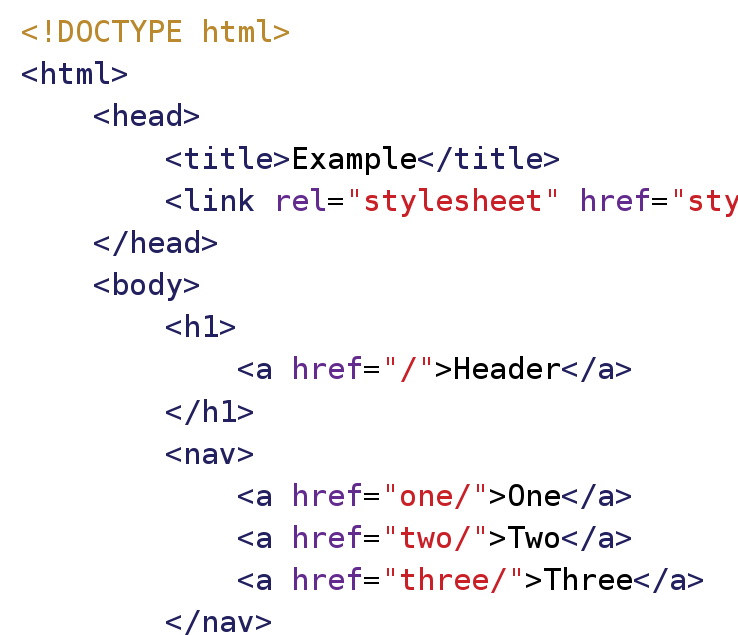HTML
WHAT IS HTML?
- HTML (Hypertext Markup Language) is the standard markup language for creating web pages on the World Wide Web.
- It structures web content using tags that define various elements such as headings, paragraphs, images, links, forms, and tables.
- HTML works in conjunction with CSS (Cascading Style Sheets) to control the presentation and layout of web pages, ensuring consistent styling across different devices and browsers.
- HTML provides semantic meaning to web content, enabling search engines to understand the structure and improve accessibility for users with assistive technologies. It forms the foundation of web development and is essential for creating visually appealing and interactive web pages.

USE OF HTML
- HTML is responsible for organizing web pages, defining their structure, and specifying the placement of content elements on the page.
- It allows developers to format and style text, images, videos, and other media to enhance the visual presentation of web content.
- Hyperlinks created with HTML enable users to navigate between pages, access external resources, and perform interactive actions.
- HTML forms facilitate user input and data collection, which can be processed and validated using server-side technologies.
- Semantic markup in HTML improves accessibility for users with disabilities and helps search engines understand the content structure.
WHAT ARE THE FEATURES OF HTML?
- Structure and Layout – HTML provides a set of tags and elements that define the structure and layout of web pages. It allows developers to organize content into headings, paragraphs, lists, tables, and other structural components, creating a hierarchical layout for easy navigation and understanding.
- Text Formatting and Styling – HTML enables the formatting and styling of text content using tags such as `<strong>`, `<em>`, `<u>`, and `<h1>` to `<h6>`. Developers can apply styles, such as color, font size, alignment, and text decoration, to enhance the visual presentation of text.


Multimedia Integration – HTML supports the embedding and display of various multimedia elements, including images, videos, and audio files. With the
<img>,<video>, and<audio>tags, developers can seamlessly integrate multimedia content into web pages.Hyperlinking and Navigation – HTML allows the creation of hyperlinks using the
<a>tag, enabling users to navigate between different web pages and external resources. This feature facilitates seamless browsing and interaction within the World Wide Web.Forms and User Input – HTML includes form elements such as text fields, checkboxes, radio buttons, dropdown menus, and submit buttons. These elements enable the creation of interactive forms that allow users to provide input and submit data to be processed by server-side scripts.
THE BENEFITS OF LEARNING TO CODE WITH HTML
Fundamental Web Development Skill – HTML is the backbone of web development, and learning it provides a solid foundation for building websites and web applications. It is the starting point for creating web content and understanding how web pages are structured.
Versatility and Compatibility – HTML is compatible with all major web browsers, making it a versatile language that can be used to develop websites that work seamlessly across different platforms and devices. This ensures that your web content reaches a wide audience.
Easy to Learn and Understand – HTML has a simple syntax and straightforward structure, making it relatively easy to learn, especially for beginners. It does not require complex programming logic or extensive coding knowledge, allowing you to quickly grasp the basics and start creating web pages.
Essential for Web Design – Understanding HTML is crucial for web designers, as it allows you to precisely structure and organize content, create meaningful layouts, and optimize the user experience. HTML knowledge enables you to design visually appealing and user-friendly websites.
